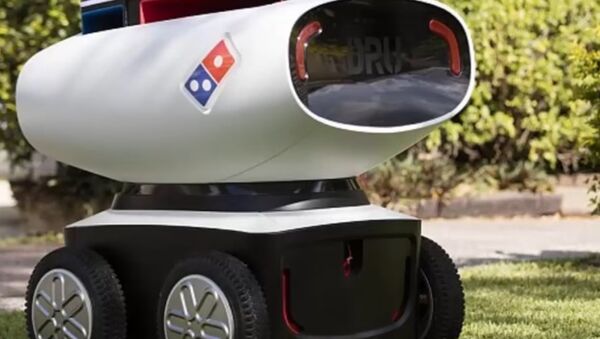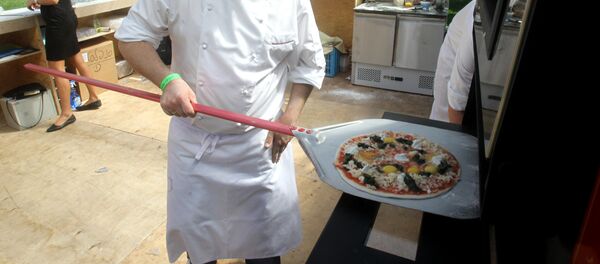With a human assisting by computer, the delivery vehicles move at a speed of four miles per hour, can carry a load of up to 40 lbs. and will deliver pizzas within a mile radius of their home store.
"Robotic delivery units will complement our existing delivery methods, including cars, scooters and e-bikes … With our growth plans over the next five to 10 years, we simply won’t have enough delivery drivers if we do not look to add to our fleet through initiatives such as this," said Domino’s Group Managing Director and CEO, according to Recode.
Established robotics companies like Boston Dynamics and newcomers like Marble seek to give Starship a run for its money in the emerging "professional service robotics" market.
Between 2016 and 2019, at least at least 175,000 robots will be used by logistics businesses, according to the International Federation for Robotics (IFR). The IFR also predicts that 42 million service robots will be bought for domestic use in the same time period.
Starship Technologies was established in 2014 by Janus Friis and Ahti Heinla, co-founders of internet messaging app Skype, and the company has already formed partnerships with food delivery services like Postmates and Doordash to use the robots.
Domino’s does not currently offer robot delivery in the US, although people stateside can get a pie delivered by tweeting a pizza emoji to the Domino’s account, and can even request that their food be delivered by a modified Chevy Spark known as the "ultimate pizza delivery vehicle."
Domino’s pizzas are already delivered by drone in New Zealand, thanks to a partnership with Flirtey inked in August 2016. Meij said in a statement at the time, "We’ve always said that it doesn’t make sense to have a 2-tonne machine delivering a 2-kilogram order … drones allow us to extend [our] delivery area by removing barriers such as traffic and access [and] deliver further afield than we currently do to our rural customers while reaching our urban customers in a much more efficient time."




